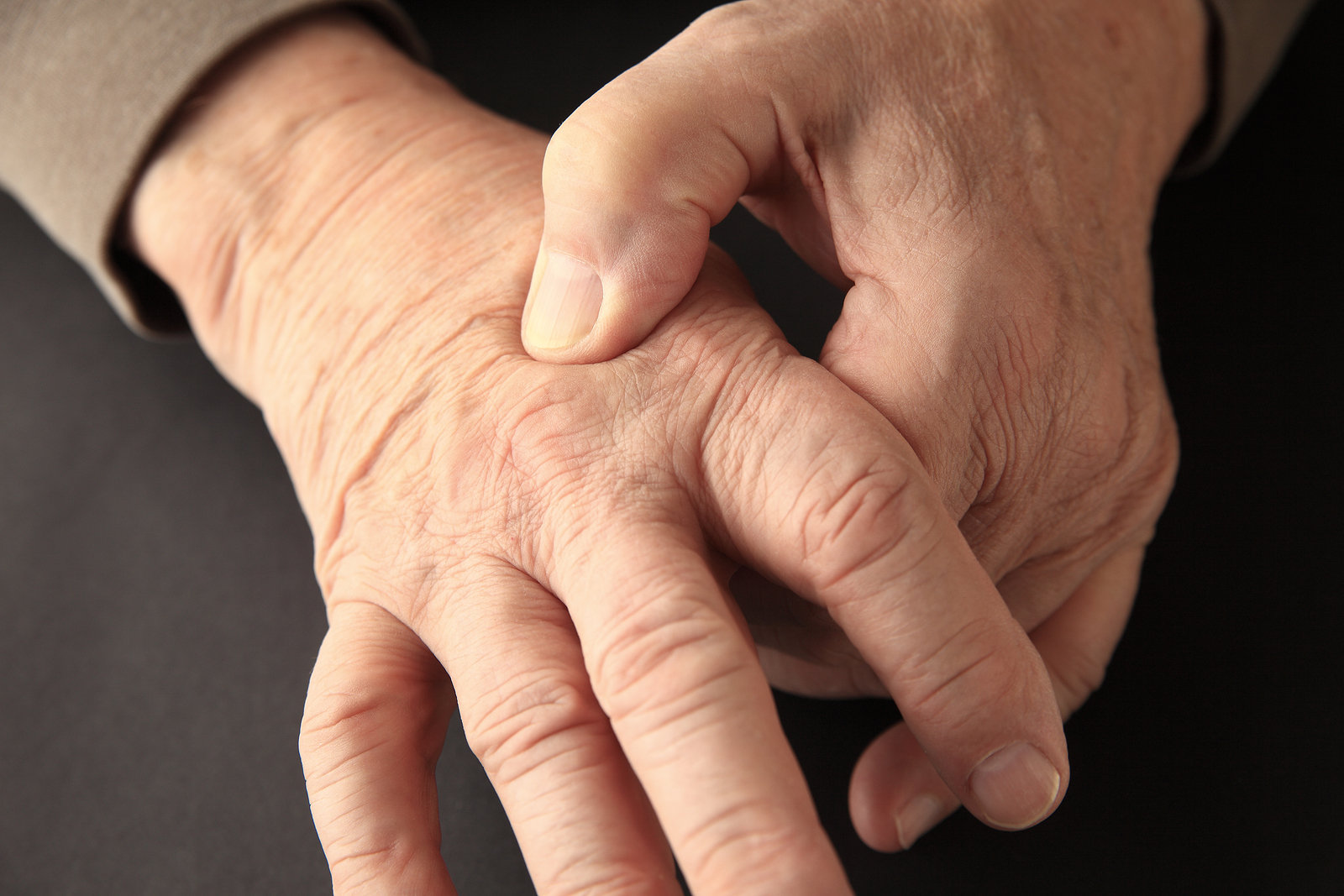Joint Fusion Surgery Essex
Joint fusion surgery Essex is also known as arthrodesis surgery and may be an option suggested to you if you have severe arthritic pain. The surgery involves fusing, or permanently joining together, the two bone ends that make up the joint that aches. This joint fusion Essex surgery removes the painful, raw, bone ends that are grinding against each other. The aim of joint fusion Essex surgery is to create a stable, pain free joint. Although any movement at the joint is lost, the patient is often able to put more weight through it due to the increased stability and pain relief.
Any joint in the hand and wrist can be potentially fused, if it is indicated. The procedure is usually reserved for advanced cases of arthritis. At your consultation, Mr Sierakowski will examine your joints and help you decide if joint fusion Essex surgery is the correct procedure for you.
Joint fusion Essex surgery can be carried out either under either local anaesthesia or general anaesthesia. A tourniquet is used to keep blood away from the area during the surgery. Once you are under anaesthetic, Mr Sierakowski will carefully make an incision to remove the damaged joint and then fuse the two bones together. This can be achieved using screws or wires, depending on the type of joint involved.
Joint fusion Essex surgery is performed as a day case procedure. You will be provided with a splint to wear whilst the bone heals. Depending on the type of joint fusion surgery you have undergone, you may need to have wires removed from the joint after 6 to 8 weeks. Over a period of time, the ends of the joint will grow together and become one solid piece of bone. Healing from joint fusion Essex surgery will take up to 12 weeks, so you may need extra assistance and time off work.
Base Of Thumb (1st CMC Joint) Denervation Essex
A base of thumb denervation Essex operation involves removing the sensory nerve supply to the joint at the base of the thumb. This can be an effective way of treating pain caused by osteoarthritis, before the need for trapeziectomy or joint replacement arises. The nerves responsible for carrying sensory signals (and therefore pain) from the 1st CMC joint are divided via short incisions around the wrist.
Trapeziectomy Surgery And Recovery Essex
Trapeziectomy surgery Essex involves removing the trapezium bone from the base of your thumb, which is commonly affected by osteoarthritis. Removal of this bone prevents damaged bone ends from grinding against each other at the base of the thumb. This is an effective and proven means of treating the pain of advanced arthritis at the base of the thumb.
During trapeziectomy surgery Essex either a regional or general anaesthetic will be used, and Mr Sierakowski will begin the procedure by making a small incision at the base of the thumb. Once the bone has been removed, the wound is closed, and a splint will be applied to protect the thumb. You will be advised to keep the hand elevated in a sling, in order to keep the swelling to a minimum following your trapeziectomy surgery Essex. After two weeks, your dressings will be removed, and a hand therapist will fit you with a custom-made plastic splint. You will be shown exercises to help restore the strength and movement in your hand. Four weeks after your trapeziectomy surgery Essex you can begin to take off your splint during the day for light use. However, you are advised to wear your splint for protection at night for at least 6 weeks after your trapeziectomy surgery Essex. Full recovery after trapeziectomy surgery Essex can take quite a long time and it can be up to 6 months before you can carry heavy items. Six weeks into trapeziectomy recovery Essex you will be able to drive, providing you have got movement and driving is pain free.
Tendon Rebalancing and Repair Essex
Rheumatoid arthritis can also affect ligaments and tendons, causing deformity. Various procedures, including tendon rebalancing Essex can be performed to realign tendons to correct these deformities. Tendons connect muscles to bones and allow you to make a wide range of movements. If you suffer from a tendon injury, or a condition like rheumatoid arthritis, which causes tendons to become inflamed, your tendons can end up rupturing. Therefore, you may need to undergo surgery for tendon repair to correct this.
If you have tendon repair surgery, this usually involves a lengthy recovery period, as the tendons will need time to heal together and will be weak until they do. It can take up to 3 months before the repaired tendon will regain its strength back. You will need to protect your tendons in a hand splint for several weeks after surgery. Mr Sierakowski and his dedicated hand therapy team will help guide you through this recovery period.
Arthritis Surgery In Essex
Mr Sierakowski is able to perform hand surgery for arthritis in a variety of hospitals across Essex. These include Springfield Hospital Chelmsford, Phoenix Hospital Chelmsford and Wellesley Hospital in Southend. Get in touch for more information about surgery for arthritis, today.

